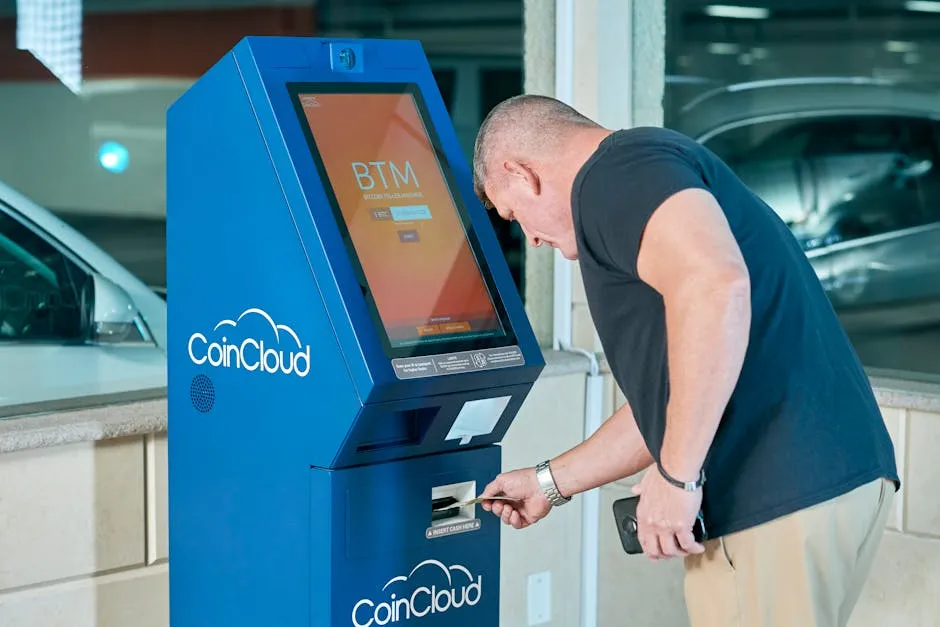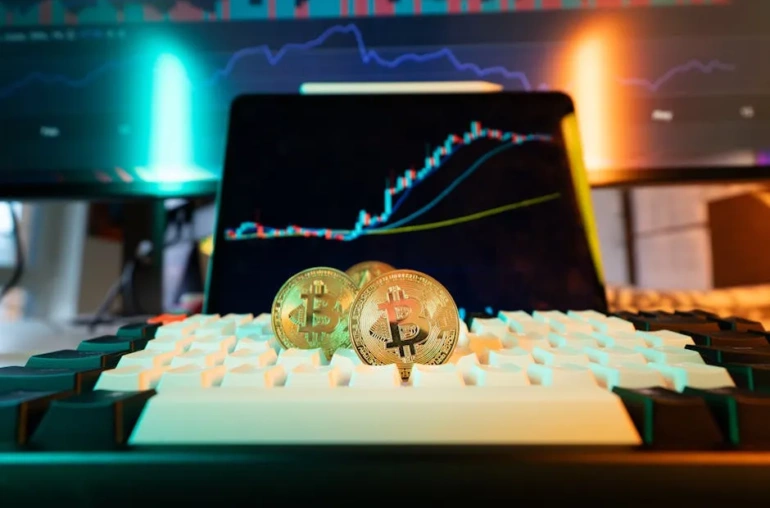
The Risks of Michael Saylor Burning Bitcoin

Michael Saylor, the vocal Bitcoin advocate and MicroStrategy CEO, has long been a prominent figure in the cryptocurrency space. His unwavering support for Bitcoin has earned him both admiration and scrutiny. However, recent discussions about the possibility of him burning his Bitcoin holdings have sparked controversy—and for good reason.
Why Burning Bitcoin Is Problematic
Bitcoin’s core value proposition lies in its predictable issuance and scarcity. The protocol is designed to release new coins at a fixed rate until the total supply reaches 21 million. Any deviation from this system—such as arbitrary burns—could introduce uncertainty and undermine trust in Bitcoin’s monetary policy.
Key concerns include:
- Loss of Predictability: Bitcoin’s fixed supply is a cornerstone of its appeal. Burns by influential figures could set a dangerous precedent.
- Market Manipulation Fears: Large-scale burns could be perceived as an attempt to artificially inflate prices.
- Erosion of Decentralization: If major holders start destroying coins, it could centralize influence over Bitcoin’s supply dynamics.
The Broader Impact on Crypto Trust
Bitcoin’s credibility stems from its transparent and immutable rules. When high-profile figures like Saylor take actions that deviate from these principles, it risks damaging the perception of Bitcoin as a neutral, decentralized asset. Instead of fostering confidence, such moves could fuel speculation and volatility.
Additionally, if burns become a trend, it could lead to:
- Increased regulatory scrutiny over supply manipulation.
- Distrust among long-term investors who rely on Bitcoin’s predictable economics.
- Potential fragmentation in how Bitcoin is perceived—some may see it as a store of value, while others might view it as a speculative plaything for whales.
A Better Approach: Holding and Advocating
Rather than burning Bitcoin, influential figures like Saylor should focus on:
- Promoting Adoption: Encouraging businesses and institutions to integrate Bitcoin.
- Supporting Development: Funding infrastructure and education to strengthen the network.
- Leading by Example: Demonstrating long-term holding as a strategy, reinforcing Bitcoin’s scarcity naturally.
Bitcoin’s strength lies in its decentralized nature and unchangeable rules. Preserving these principles is crucial for its future as a global, trustless asset.
Final Thoughts
While symbolic gestures like burning Bitcoin may seem bold, they carry unintended consequences. For Bitcoin to maintain its integrity, its supply mechanics must remain untouched by individual influence. Instead of destruction, the focus should be on building, adopting, and securing the network for generations to come.



